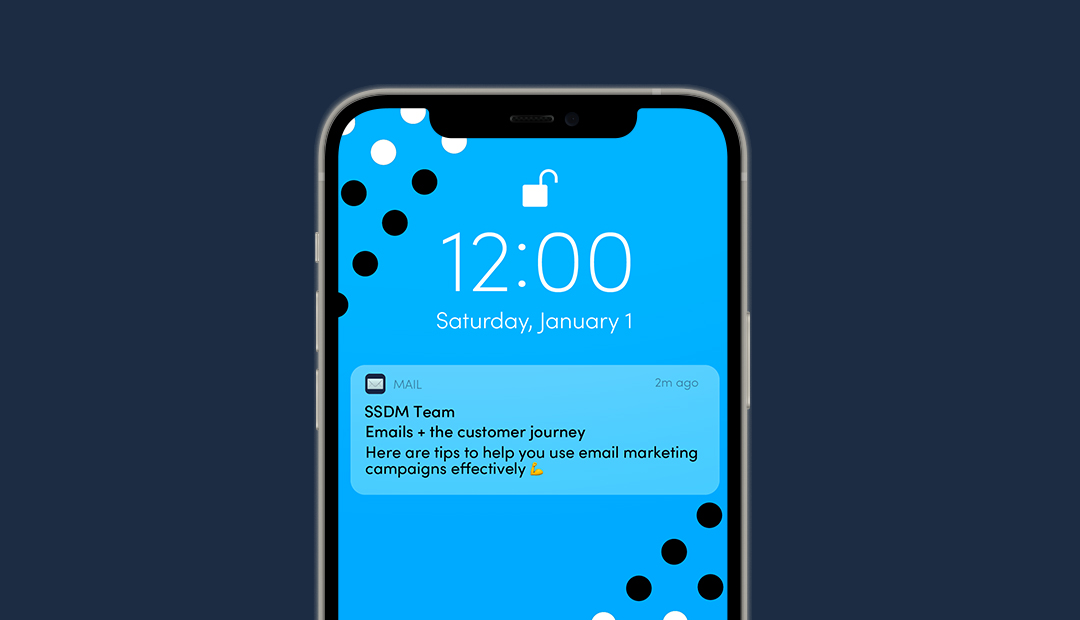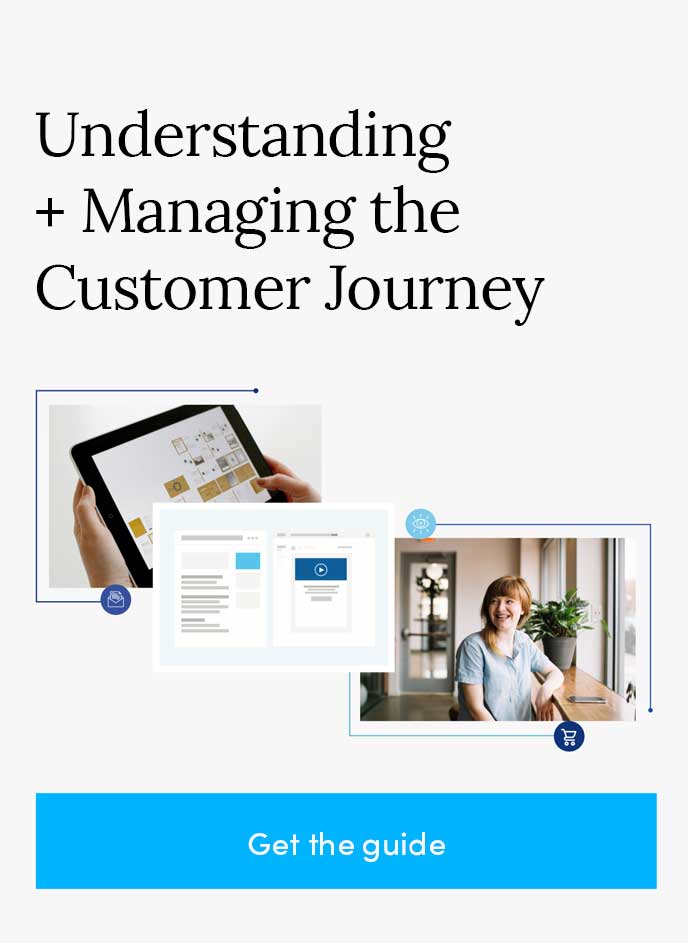If you sell online, there are many avenues to direct traffic to your website. Search marketing techniques are now so scientific, if you have a fairly strategic methodology to drive visitors to your blog and website, you’ve won half the battle.
Once a visitor makes it to your site, though, are they finding intriguing, quality information? Is that information compelling enough to make the sale?
Content for users, not search engines
How do folks find you in the first place? Well, nine times out of ten, they’re using a search engine. And of course, you need to be front and center in the search results. In this instance, you want to make sure your blog content is written with search-related keywords to ensure you show up in relevant queries and drive users to your site.
However, for ecommerce, you want more than to have your blog read. You’re looking for conversions (i.e. sales). Here, you’ll want content to be geared toward driving results. Content should be written with clear calls-to-action, easy navigation and engaging language.
Note: Although ecommerce content should be written with the user in mind, without search optimized keywords, who’s going to find your content?

Search maximization
Hone in on those who are looking for you by researching top long-tail keywords (extended phrases that people use when they search). By guiding the user to a landing page determined by their unique search term, you speak directly to them, establishing rapport and trust, leading them to spend more time on your site.
This enhances the visitor’s perception of your value and encourages active engagement, so your call-to-action has a much better chance of hitting the mark and leading to a purchase.
It’s all about the user experience
Your conversion rate optimization (CRO) strategy needs to take into account today’s marketplace and incredibly fast pace. Industry experts reiterate that when a visitor lands at your site and it takes more than two seconds to load, they are likely to leave and move on. By engaging the visitor immediately with personalized content, your chances of engagement greatly increase.
Content should be intuitive, anticipating the pain points and underlying needs of the user. By imparting valuable information through your blog, a positive engagement is created, enhancing the desirability of your product or service, and increasing purchase consideration. The best way to achieve true blog greatness is with a structured strategy, including a schedule for blog development, a plan to optimize them and strategic backlinking opportunities.

Beyond the blog
Citing a Foundation Capital survey, a recent Search Engine Land article* notes that technology spend by CMOs will increase tenfold – from $12 billion to $120 billion – over the next decade. That’s a staggering amount of money, but the point here is the fact that competition for the eyes, ears and hearts of consumers is about to get even fiercer.
The conversion from visitor to customer represents much more than just dollars in the bank. Conversions affect inventory status, management of your supply chain and so forth on down the line. And conversions affect other conversions in the form of referral and repeat purchases. Although blog writing duties usually include a mandate for website optimizations, remember that your blog provides the perfect platform to educate your consumer while guiding them directly to your ecommerce website.






